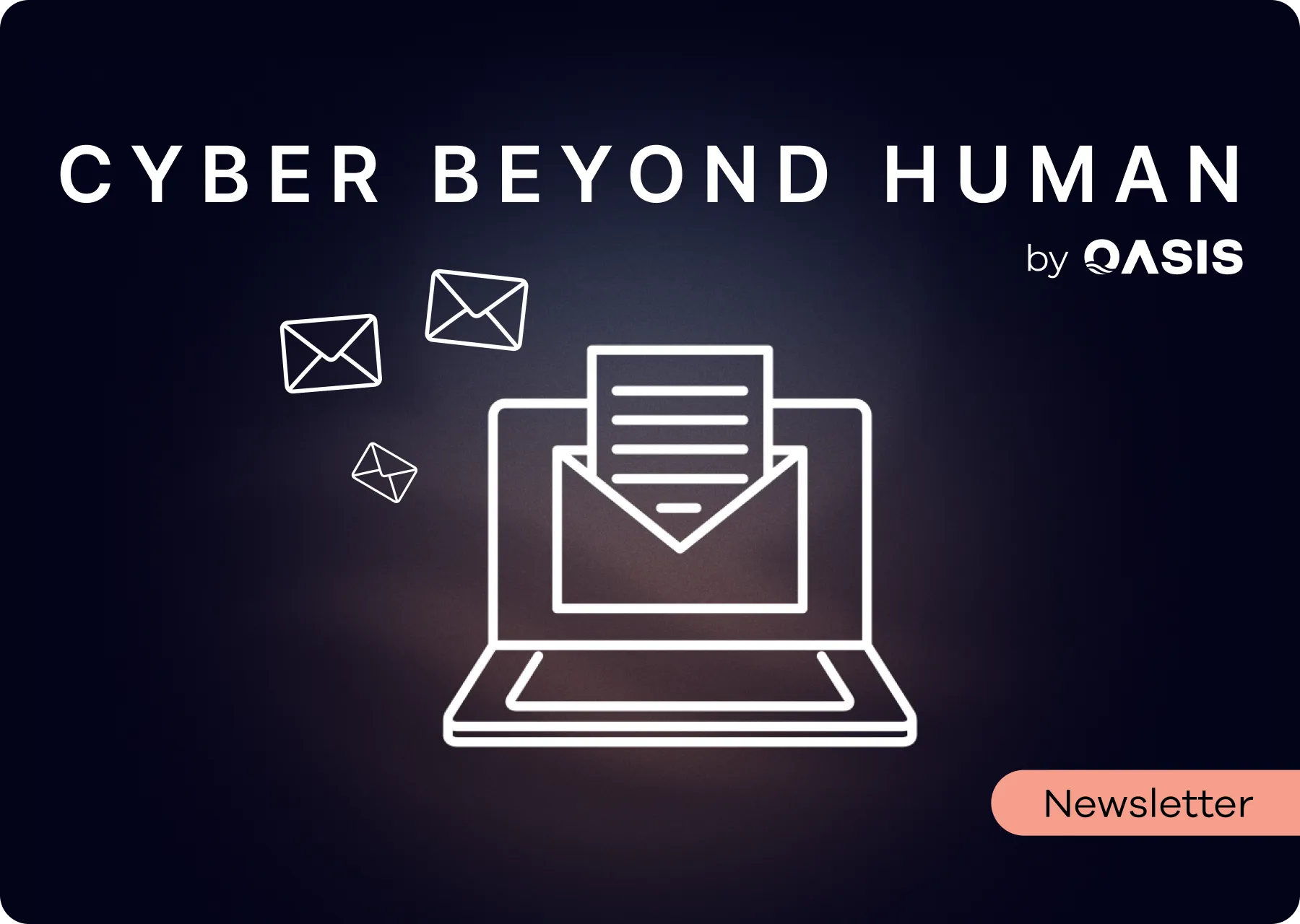What are Service Accounts and How Should You Secure Them?
.png)
Service accounts are non-human identities created by IT administrators for executing tasks on machines or specific processes, like software installations. Typically set up within Microsoft Active Directory (AD), these accounts are used by systems, applications, and administrators to interact with other systems, handling tasks such as file management or SQL server agent functions. They operate autonomously, performing automatic, repetitive, and scheduled actions in the background, often without human intervention. Tasks carried out by service accounts range from running applications on Windows operating systems to managing databases and conducting automated backups.
Similar to human users, microservices and workloads require access to networks, applications, and files, among other resources. Service accounts provide a means to assign identity and permissions to software programs or processes executing specialized tasks. Equipped with privileges granting extensive access to system resources, either locally or across clouds, service accounts are integral to system functionality.
A key difference between service accounts and user accounts lies in how they are managed and provisioned: user accounts are centrally managed, whereas service accounts are managed in a distributed manner.
The critical issue of centralized management versus distributed creation plays a pivotal role in understanding the distinction between service accounts and user accounts. While user accounts are meticulously managed and provisioned through Identity Governance and Administration (IGA) and Privileged Access Management (PAM) systems, service accounts follow a different trajectory. Typically, they are directly created by developers within the infrastructure. This decentralized approach often results in a lack of visibility and control, leaving most organizations uncertain about the exact number and functions of their service accounts. Consequently, they face challenges in effectively managing these accounts and understanding their roles within the system.
Distinguishing service accounts from user accounts is far from a straightforward task, as it entails more than simply examining their purposes and naming conventions. Unlike user accounts, which are directly associated with individuals and commonly bear human names like "Jake Paul," service accounts are tailored for system functions and often possess descriptive names such as "NetworkService," or may even lack a name altogether. However, similar to user accounts, service accounts are assigned a name and a password. The password, being a secret credential, is crucial for authenticating the service account and granting access to system resources. Yet, their credentials must be widely known to the primary application and all associated programs. This emphasizes the importance of securely managing service account credentials to mitigate the risk of unauthorized access

Challenges in Service Account Management
As we explore the complexities of service account management, it's essential to explore specific hurdles encountered in legacy environments, as well as maintaining comprehensive NHI inventories and governance across cloud infrastructures.
Secret Rotation in Legacy Environments
While regular password rotation is standard practice for human accounts, it is often overlooked for service accounts. Concerns about potential disruptions to critical operations lead to the neglect of password rotation, allowing compromised service accounts to maintain prolonged access to an organization's network undetected.
Rotating passwords in outdated environments, especially those heavily dependent on Microsoft Active Directory (AD) service accounts, presents a significant challenge. An illustrative example of this challenge is the Cloudflare breach, where despite a rotation attempt of approximately 5000 accounts, four service accounts remained unrotated. This incident highlights the need for automation solutions to address this issue effectively. Unlike modern systems that allow for simultaneous rotation of multiple passwords, older systems often impose restrictions, permitting only one password rotation at a time. This limitation not only complicates the rotation process but also heightens the risk of credential exposure due to delayed updates.
Furthermore, rotating secrets while ensuring uninterrupted business operations introduces another layer of complexity. Without a comprehensive understanding of how secrets are utilized, their rotation may inadvertently disrupt critical applications and workflows. This emphasizes the necessity for meticulous planning and coordination when implementing password rotation strategies, especially in legacy environments.
Maintaining a Holistic, Up-to-Date Inventory Across Clouds
Service accounts operate within the depths of an organization's security infrastructure, rendering them elusive and challenging to monitor effectively. Their intricate dependencies spanning across various processes, programs, and applications create a veil of obscurity, leaving them susceptible to compromise without detection.
Managing service accounts presents a significant challenge due to the lack of centralized repositories or mechanisms for discovering, inventorying, and managing ownership of these accounts. As service accounts proliferate across various environments, including on-premises, cloud, SaaS applications, and databases, organizations struggle to maintain comprehensive visibility into their landscape of service accounts. With potentially hundreds or even thousands of service accounts in use, the task of tracking and identifying each one, along with its activity, becomes daunting. Without awareness of all service accounts, organizations cannot effectively secure them, highlighting the critical importance of comprehensive discovery and management processes.
Understanding Usage, Dependencies and Entitlement
The deficiency in comprehensive visibility into Non-Human Identities (NHIs) within organizational infrastructure extends beyond mere inventory to encompass crucial contextual aspects such as usage, dependencies, and entitlements. This lack of insight exacerbates several critical findings, including outdated privileged access rights, unattended secrets accessible to departed employees, stale storage accounts posing potential risks, and secrets with remarkably long expiration dates, some spanning over 50 years. Furthermore, the presence of inactive vaults with lingering access policies compounds security vulnerabilities. Without clarity on which services and applications rely on NHIs, the situation worsens, leading to both neglected and excessively empowered NHIs, ultimately heightening security risks for organizations.
Best Practices for Secure Management of Service Accounts
Comprehensive Identity Governance
Instituting Comprehensive Identity Governance involves several key practices aimed at ensuring the security and integrity of service accounts within an organization. Central to this is the establishment of robust Identity Lifecycle Management processes, which leverage automation to maintain compliance with regulatory requirements throughout the entire lifecycle of identities.
Additionally, it's imperative to Define and Enforce Policies that govern various aspects of service account management, including passwords, rotation schedules, provisioning procedures, and rules surrounding credential sharing. Utilizing appropriate tools to enforce these policies effectively is crucial, striking a balance between operational efficiency and maintaining airtight security.
Secure Credential Management
Secure Credential Management is another critical aspect, necessitating the use of secure storage mechanisms like password vaults and key management systems. By centralizing and encrypting service account credentials, organizations can safeguard sensitive information from unauthorized access.
Automated Password Rotation policies further bolster security by regularly changing credentials, reducing the risk of compromise and unauthorized entry. This proactive approach helps mitigate potential threats without placing undue burden on administrators.
Continuous Monitoring and Auditing
Continuous Monitoring and Auditing play pivotal roles in maintaining a proactive security posture. Real-time monitoring capabilities enable the timely detection of suspicious activities and unauthorized access attempts, empowering swift response and mitigation. Regular audits and compliance checks serve to evaluate the effectiveness of security controls and ensure adherence to regulatory standards, fostering a culture of ongoing improvement and accountability
Securing Service Accounts with Oasis Security's Lifecycle Management Solution

Oasis Security's platform offers a comprehensive solution to effectively tackle the challenges associated with managing service accounts throughout their lifecycle, from creation, assignment, and governance to the rotation of credentials and decommissioning. Here's a closer look at how it accomplishes this:
Holistic Visibility: With Oasis you gain a complete view of your service account landscape. Oasis Security's platform provides holistic visibility, allowing you to identify all service accounts within your organization's infrastructure. This visibility extends to various aspects such as account usage, permissions, and associated resources, enabling administrators to track and manage service accounts efficiently.
Contextual Mapping: Without a comprehensive view of how non-human identities are being used within your systems, you may find it challenging to determine the appropriate course of action for rotation. Oasis gives you detailed insights into the context surrounding each service account. The platform offers contextual mapping capabilities, providing information about service account configurations, access controls, and usage patterns. By understanding the context in which service accounts operate, administrators can make informed decisions regarding their management and access privileges.
Automated Posture Assessment: Oasis automatically assesses the security posture of service accounts and other Non-Human Identities to identify and mitigate potential risks. Oasis Security's platform conducts automated posture assessments, evaluating factors such as secret rotation, access permissions, and compliance with security policies. This proactive approach helps organizations identify vulnerabilities and prioritize remediation efforts to enhance the overall security of service accounts.
Lifecycle Management Automation: Oasis streamline service account lifecycle management with automated workflows. The platform facilitates automated provisioning, role-based access control (RBAC) enforcement, and regular audits, ensuring that service accounts are managed consistently and in accordance with organizational policies. By automating these tasks, administrators can reduce manual effort and minimize the risk of errors or oversights during account management processes.
Security and Compliance Enforcement: With Oasis you can finally enforce robust security policies and regulatory standards for service accounts. Oasis Security's platform enables organizations to establish and enforce security policies tailored to their specific requirements. This includes enforcing password policies, access controls, and compliance with industry regulations such as GDPR or HIPAA. By ensuring adherence to security best practices and regulatory requirements, organizations can mitigate the risk of data breaches and maintain compliance with legal and regulatory mandates.
In conclusion, service accounts play a critical role in modern cloud systems, yet managing them effectively can be daunting without specialized tools. Oasis Security's innovative platform provides a solution for automating the management of service accounts and other non-human identities, thereby mitigating risks and enhancing security measures.
Discover the advantages of Oasis Security today and simplify the management of service accounts and other non human identities with confidence and ease. Take advantage of Oasis now to elevate your security posture without any compromises.
We do newsletters, too
Discover tips, technical guides and best practices in our biweekly newsletter.










